Rev up your content marketing engines ?– it’s time to elevate your strategy with these 16 unmissable tips! First, let’s kick off with gripping storytelling. Telling stories is a powerful way to connect with your audience, particularly in niches such as travel and lifestyle. Now, you might think you’ve nailed it down, but wait till you infuse data into your storytelling – results will blow your mind ?. Second, turn up the volume on user-generated content. It’s particularly potent in the fashion and beauty industry, where consumers crave authentic insights. The third key is harnessing the power of influencer partnerships, especially impactful in health and fitness sectors. The rest of the list comprises other game-changing strategies like leveraging AI, adopting ephemeral content, and optimizing content distribution.

Now that you’ve got these tips in your arsenal, it’s time to dive into action. Remember, a tool like Plerdy is an invaluable ally in your quest for superior CRO & UX. Let’s face it – you’re not just creating content; you’re sculpting experiences. So, let’s roll up our sleeves, fire up Plerdy, and start churning out compelling content that sparks conversations, engagement, and conversions. Let’s make waves in content marketing ?.
What is Content Marketing?
Dive deep into the universe of content marketing — an innovative approach to reaching and engaging a target audience through valuable, relevant, and consistent content. Picture a bakery that not only sells muffins but also shares irresistible recipes on its blog or a sports gear shop offering fitness routines and warm-up exercises on their YouTube channel. The aim isn’t direct sales but building a connection.
Content marketing shines in:
- Narrative Engagement: Telling a brand’s story in compelling ways.
- Audience Interaction: Encouraging feedback, fostering community growth, and sparking discussions.
- Value Addition: Offering solutions, tips, and insights that matter to your audience.
For instance, an eco-friendly brand might churn out blog posts about sustainable living, helping its audience make earth-conscious choices. The trick isn’t to push products but to entwine them into a lifestyle the audience aspires to embrace.
In essence, content marketing flips the traditional sales script. Instead of starting with a product and finding an audience, it begins with the audience, taps into their needs, interests, and aspirations, and then seamlessly integrates a product or service. This approach doesn’t just get brands in the door – it sets the table, serves up a feast, and lays out the welcome mat.
1. Know Your Audience

Content marketing success hinges on a well-known adage – know your audience. To resonate and engage, your content must mirror their interests, answer their questions, and meet their needs.
Let’s delve into three crucial steps that anchor your marketing efforts on a profound understanding of your audience:
- Data Analysis: Utilize your website’s analytical tools to track visitor demographics and behavior. Does the 18-24 age group gravitate towards your podcasts, while the 40-55 group prefers in-depth blog posts? Harness these insights to tailor your content.
- Customer Feedback: Regularly engage with your audience through comments, reviews, and social media interactions. Their feedback often illuminates areas you’ve overlooked and reveals what they genuinely want.
- Competitor Evaluation: Explore competitors in your niche for a bird’s-eye view of what works. For instance, if you’re in the fitness industry and competitor’s meal plan content is generating massive engagement, consider producing high-value content around healthy eating.
Successful content marketing isn’t about casting the widest net – it’s about crafting a finely tuned message for a specific group. By deeply understanding your audience, you position your content to hit home, fostering loyalty and sparking engagement. This crucial tip ensures your content marketing strategy is anything but generic, giving your brand a clear, distinct voice in the cacophony of digital noise.
2. Developing Content Strategy
Formulating a robust content strategy stands as a pivotal step in successful content marketing. It’s like charting your course in a sea of possibilities – without a strategy, you’re adrift, tossed by digital currents.
Imagine running a specialty coffee shop. Your content marketing tip? Define a clear, compelling strategy. Here’s a simple breakdown:
- Brand Consistency: Your content should exude your brand’s persona. If your shop prides itself on ethically sourced beans, spotlight stories of the farmers, the beans’ journey, and your meticulous brewing methods. This thread of consistency ties your content together, creating an impactful narrative.
- Diverse Content Formats: Offer an assortment of content. Blog posts about brewing the perfect cup, social media posts featuring customers enjoying their coffee, and video tutorials on home brewing cater to various preferences, broadening your audience reach.
- Content Calendar: Plan and schedule your content in advance. Highlight national coffee day, seasonal beans, or a weekly barista’s pick. Regular, planned content keeps your audience engaged and anticipating what’s next.
- Engagement: Invite interaction. If a customer shares a unique way they enjoy your coffee at home, feature it in your content.
Content strategy guides you through the digital world.
3. Create a content calendar
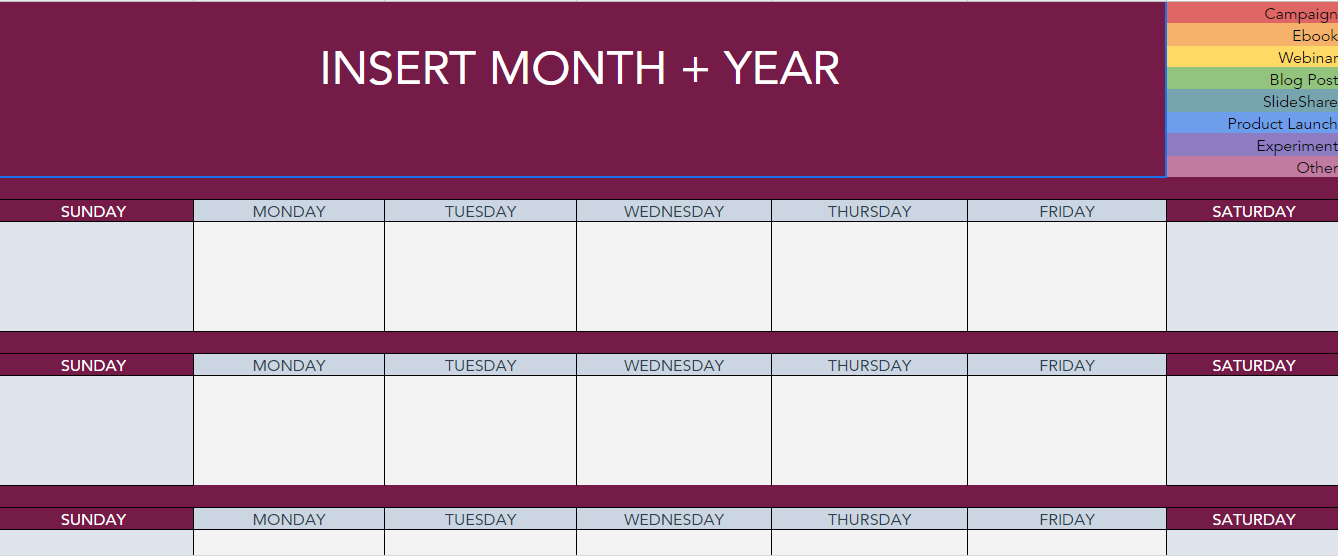
Navigating the fast-paced digital landscape demands a strategic approach – enter the content calendar. A critical content marketing tip, it’s like your personal road map for content creation and distribution. It helps plan your path, streamline your efforts, and ensures your content journey is less scramble and more strategy.
Let’s say you’re in the lifestyle blogging niche. Here’s how a content calendar comes into play:
- Scheduling: Keep track of what content is going out when. If you’re launching a summer skincare series, plot out the related posts across weeks to maintain continuity.
- Diversification: Maintain a healthy mix of content. For instance, intersperse skincare advice with summer recipes, fitness tips, and travel blogs to keep things fresh and engaging.
- Seasonal Tie-ins: Leverage holidays, events, or trending topics. Planning ahead allows you to craft timely content – from summer skincare must-haves to Thanksgiving gratitude posts.
- Oversight: A comprehensive view prevents repetitive content and helps you spot gaps. Maybe you’re focusing too much on skincare and neglecting other lifestyle aspects.
A content calendar serves as a strategic tool that enhances your content marketing efforts. It helps maintain consistency, avoids last-minute scrambles, and ensures you’re not missing out on important dates or trending topics. More importantly, it gives your content strategy a clear structure, making your marketing efforts more focused and effective.
4. See your industry from a new angle
One vital content marketing tip is to embrace a fresh perspective on your industry. Shifting your viewpoint, like adjusting a camera lens, can bring overlooked aspects into sharp focus and make the familiar fascinating.
Consider the health and wellness industry. Here are a few ways to offer fresh angles:
- Contrary Takes: Challenge conventional wisdom. If everyone’s praising HIIT workouts, explore the benefits of low-intensity exercises.
- Untold Stories: Highlight lesser-known aspects. Discuss the impact of wellness on mental health, not just physical wellbeing.
- Cross-Industry Connections: Draw unexpected parallels. Link wellness to productivity in the workplace, or discuss how a healthy lifestyle impacts sustainable living.
- Innovative Formats: Use unique content formats. Swap blog posts for an interactive quiz about fitness habits or a ‘day in the life’ vlog of a fitness coach.
Seeing your industry from an innovative angle revitalizes your content and piques audience interest. It enables you to explore untouched terrain, fostering a sense of discovery and curiosity among your readers.
5. Update your Content
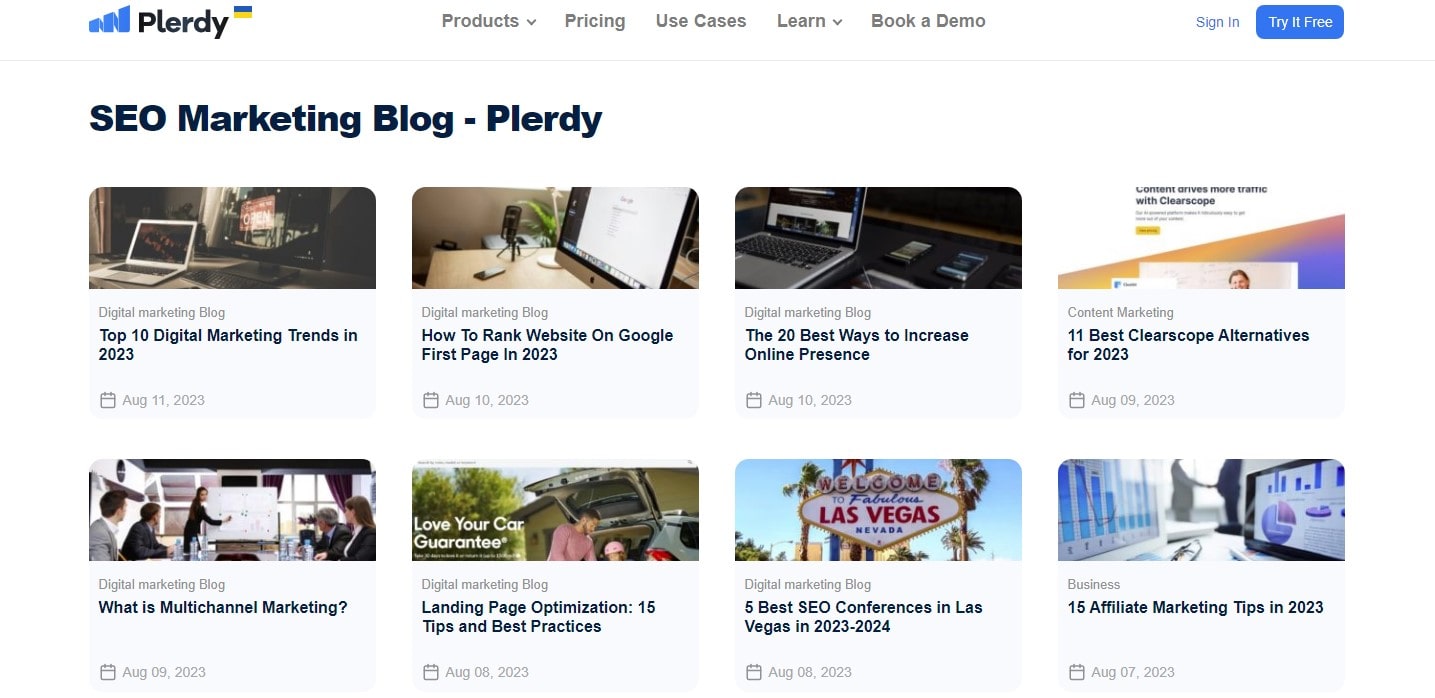
Keeping your content up-to-date is an invaluable content marketing tip. It’s akin to giving your digital assets a facelift, ensuring they remain relevant, engaging, and provide accurate information. It’s about optimizing your past efforts for better results today.
Take, for instance, a digital marketing blog. Here’s how you might revamp your content:
- Refresh Outdated Information: Algorithms, trends, platforms – they all evolve. Updating your posts to reflect these changes maintains the value and credibility of your content.
- Repurpose Successful Posts: Turn a well-received blog post into an infographic or a podcast episode. It gives the content a fresh lease of life and caters to varied audience preferences.
- Revamp Visual Elements: Modernize outdated images or graphics. Refreshing the visual aspect can make old content feel vibrant and current.
- Add Recent Developments: Add new insights or developments to your existing content. For example, if there’s a revolutionary digital marketing tool, include it in your relevant articles.
Regularly updating your content keeps it on the pulse of change, not only boosting its relevance but also its appeal to your audience. This process turns your content into a growing, evolving entity that continues to attract engagement, showcasing your brand as a dynamic, up-to-date source in your industry. This rejuvenating habit is a cornerstone of effective content marketing.
6. Search-Traffic-Generating Subjects
Targeting topics with search traffic potential is a golden nugget in content marketing. It’s akin to catching the right waves to ride – focusing on what’s pulling in the digital crowd. This method optimizes the reach and visibility of your content, positioning you directly in the path of your audience’s search queries.
Consider an online plant nursery. Here’s how to leverage this tactic:
- Spot Hot Topics: Identify trends in the gardening niche. If there’s a surge in indoor plants, create engaging content around that theme.
- Follow Seasonal Patterns: Adjust your content to the changing seasons. Offer content about frost-resistant plants in winter or best summer bloomers when temperatures rise.
- Explore Subtopics: Dive deep into popular themes. If succulents are trending, produce content on different types, caring for them, or designing with succulents.
- Identify Long-Tail Keywords: Cover topics tied to specific long-tail keywords. “Best indoor plants for air purification” might be a lucrative topic.
Aligning your content with topics of high search traffic potential can amplify your content’s visibility and reach. It enables you to provide relevant, timely content, feeding your audience’s appetite for information. In the crowded digital marketplace, this tactic can make your content a sought-after destination, maximizing your marketing effectiveness.
7. Utilizing SEO Techniques
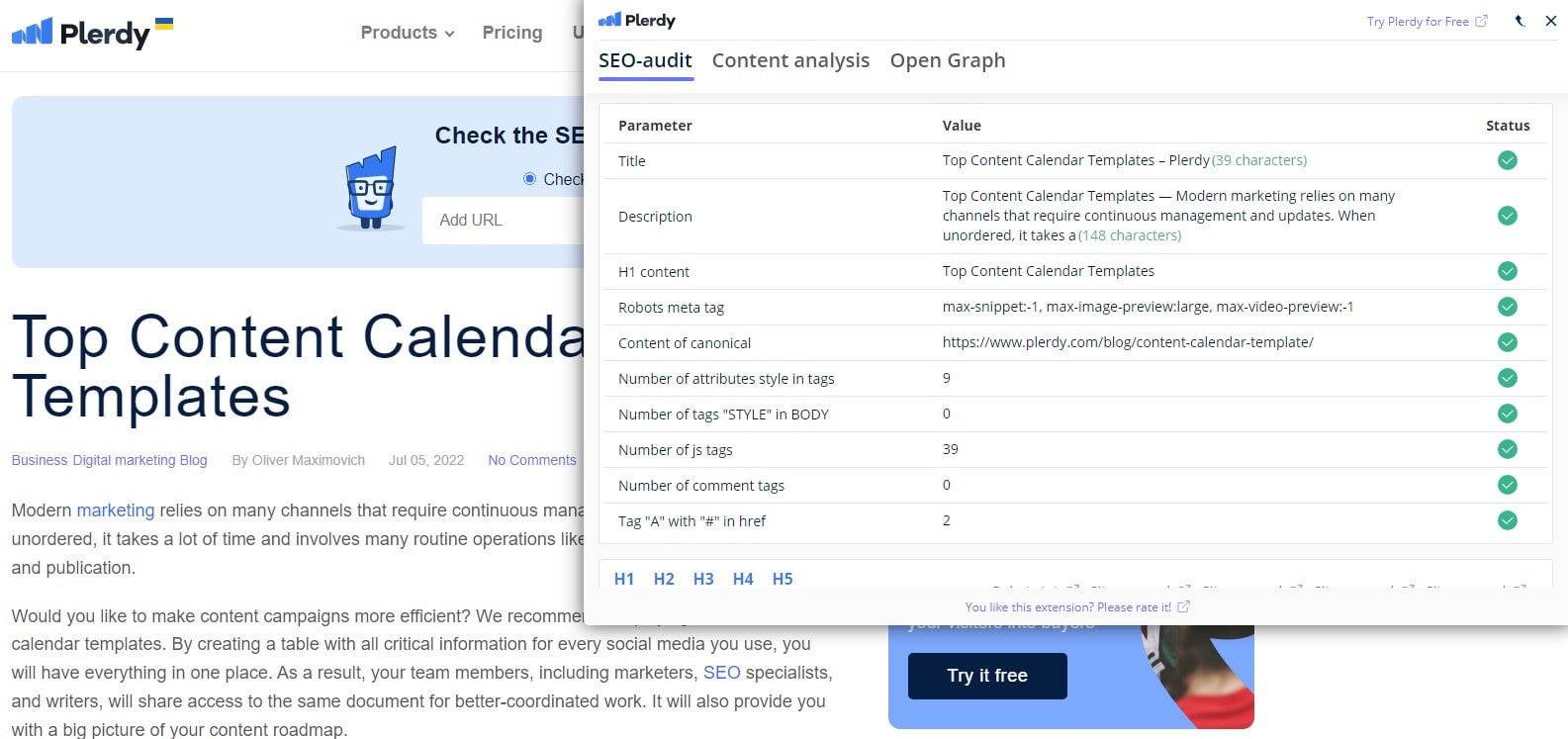
Utilizing SEO techniques is akin to turning your content into a digital magnet. This crucial content marketing tip ensures your high-quality material is easily discoverable, attracting more eyes and enhancing audience engagement.
Imagine you’re in the niche of eco-friendly travel. Here’s how to wield SEO techniques:
- Keywords at Heart: Identify and utilize pertinent keywords. Terms like “sustainable tourism” or “green travel tips” could be the lifeline connecting your content to the audience.
- Meticulous Metadata: Craft compelling meta descriptions and title tags. These snippets can coax a click from a potential reader perusing the search results.
- Link it Up: Incorporate internal and external links. A well-linked article might discuss “Best Eco-Friendly Hotels” and link to your related pieces on “Sustainable Travel Tips”.
- Improve User Experience: Ensure your site is user-friendly and responsive. A slow-loading webpage or messy design will turn off even the most interested readers.
SEO is a lever to magnify the reach of your high-quality content. Implementing these techniques allows you to attract an audience organically, increasing the visibility and impact of your content in the vast digital landscape. It helps your eco-friendly travel content not only shine but also become a beacon for those seeking such knowledge, leading to improved marketing outcomes.
8. The Importance of Keywords in Your Content
The crux of content marketing often boils down to the effective use of keywords. Picture them as hidden bridges – they link the thoughts and inquiries of your audience to your stellar content. An impressive composition isn’t enough; keywords ensure that your masterpiece stands a chance of being seen, read, and appreciated.
Consider the fitness industry, where the importance of keywords shines bright. Below are ways to harness their power:
- Industry Lingo: Incorporate common phrases or terms. Keywords like “HIIT workouts”, “healthy meal prep”, or “muscle recovery tips” are lures that fitness enthusiasts may bite.
- Trending Topics: Keep an eye on rising trends. The sudden popularity of home workouts, for instance, can introduce keywords such as “best home exercise equipment.”
- Seasonal Adjustments: Rotate keywords to reflect seasons or public holidays. “Summer body workout plans” or “stay-fit Christmas recipes” could provide a seasonal spike in traffic.
- Localized Content: Use location-specific keywords for a local audience. “Best gyms in Miami” can connect with fitness enthusiasts in that city.
Strategic use of keywords is a feather in your cap when it comes to content marketing. They are the compass that guides your audience towards your content, increasing its visibility and amplifying its reach. A tip of this magnitude is too crucial to ignore – it’s a digital spotlight shining on your valuable content.
9. Backlinks: Why They Matter and How to Get Them
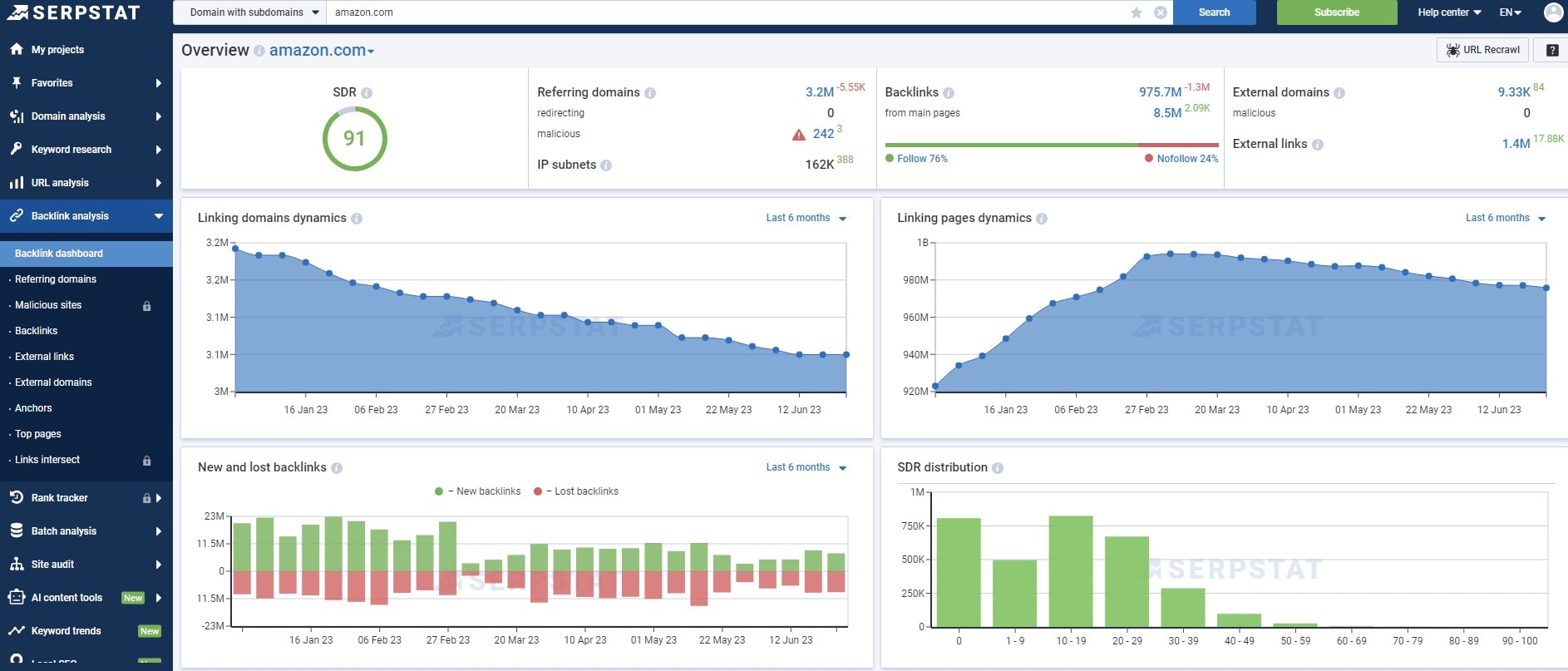
In the river of content marketing, backlinks are valuable tributaries. They bring additional streams of traffic, guiding readers from other websites to your own content. Fathom this – a high-quality backlink is like a testimonial, vouching for your website’s credibility and value.
In the vast travel industry, the impact of backlinks is monumental. Here’s a map on how to navigate the terrain:
- Guest Blogging: Submit top-notch articles to influential travel blogs. When they link back to your website, it’s a mutual win – you get a backlink, they get exceptional content.
- Infographics: Design informative, catchy infographics on hot travel topics. “Top 10 Hidden Beaches”, anyone? Other sites will link back if they share your infographic.
- Webinars or Podcasts: Partner with popular travel personalities for a webinar or podcast. They’ll likely share this collaboration, including a backlink to your site.
- Testimonials: Write reviews for travel equipment or destinations. Companies love to showcase positive feedback, often including a backlink to the reviewer’s site.
This exploration into backlinks offers a top-notch content marketing tip. Never underestimate their power in boosting your website’s visibility and authority. And remember, a backlink from a high-quality, relevant site is a trophy – it serves as a green light for readers to venture into the journey of your content.
10. Leveraging Social Media Platforms for Content Distribution
In the content marketing landscape, social media platforms offer an open sky for content distribution. As your platform of choice, each one offers its unique tapestry of opportunities and challenges. Take fashion, for example. Fashion brands often thrive on visually appealing platforms like Instagram or Pinterest. Here are some approaches to weave a winning social media content strategy:
- Picture Perfect: A top-notch photo on Instagram can capture a thousand likes. Post captivating images of your latest collection, with captions that invite engagement.
- Real-time Relevance: Twitter serves up opportunities to jump into relevant conversations. A clever tweet can go viral, showering your brand with exposure.
- Storytelling: Facebook allows for more text and story-based content. Share the inspiration behind your designs or customer testimonials.
- Inspiration Boards: Pinterest is perfect for fashion mood boards. Pinning your products with the right tags can hook potential customers.
The nitty-gritty of content marketing lies in understanding where your audience hangs out and crafting content to engage them there. With these strategies, your fashion brand can become a social media superstar – a win-win scenario. And remember, in the swiftly changing world of social media, adaptability is key. Always stay nimble and ready to embrace new platforms as they rise to prominence.
11. Importance of Influencer Marketing in Content Promotion

Influencer marketing powers content promotion. It’s a savvy way to reach audiences who trust and value the opinions of the influencers they follow. For instance, in the skincare industry, endorsements from trusted influencers can drive significant interest and sales.
Here are some ways to capitalize on influencer marketing:
- Partnership Posts: Collaborate with influencers to create unique posts featuring your product. The skincare industry often leverages influencers for ‘routine’ videos, enhancing credibility.
- Product Reviews: An honest, positive review from an influencer can provide your product with a notable boost. Reviews build trust, a vital factor in any purchase decision.
- Giveaways: Partnering with influencers for giveaways can stir up excitement and garner a broad reach. It’s a way to let audiences experience your products, sowing the seeds for future purchases.
- Influencer Takeovers: Let influencers take the reins of your social media accounts for a day. Their unique style and followers can inject fresh energy into your platform.
Influencer marketing adds a personal touch to content promotion. It presents your product in an authentic light that resonates with audiences, building both brand awareness and affinity. In the fast-paced marketing landscape, incorporating influencers into your content promotion strategy can set you up for remarkable success.
12. Using Email Marketing to Boost Content Reach
Email marketing stands tall as an effective means to bolster your content’s reach. For example, let’s consider a niche such as gourmet cooking. Once you’ve whipped up a delectable recipe blog post, an enticing email can serve it right onto your audience’s plate.
Here’s a breakdown of strategies to amplify your content through email marketing:
- Share Fresh Content: Don’t keep your latest content under wraps – dish it out in your emails. When your gourmet blog whips up a new recipe, spread the word in your newsletter.
- Create Exclusive Content: Serve up a slice of exclusivity to make your subscribers feel special. For instance, provide a ‘newsletter-only’ gourmet recipe that’s sure to keep them hooked.
- Content Recap: Not every subscriber will catch your content the first time around. Send out a monthly ‘best of’ email to ensure no one misses out on your best gourmet recipes.
- Personalize: A sprinkle of personalization can make your emails much more appetizing. Tailor your emails based on what each subscriber savors – whether that’s dessert recipes or vegan delights.
Using email marketing effectively can help you drive engagement, retain subscribers, and extend your content’s reach. Remember, your content is the main course – your emails are the servers that deliver it straight to your audience’s table.
13. Design Shareable Images
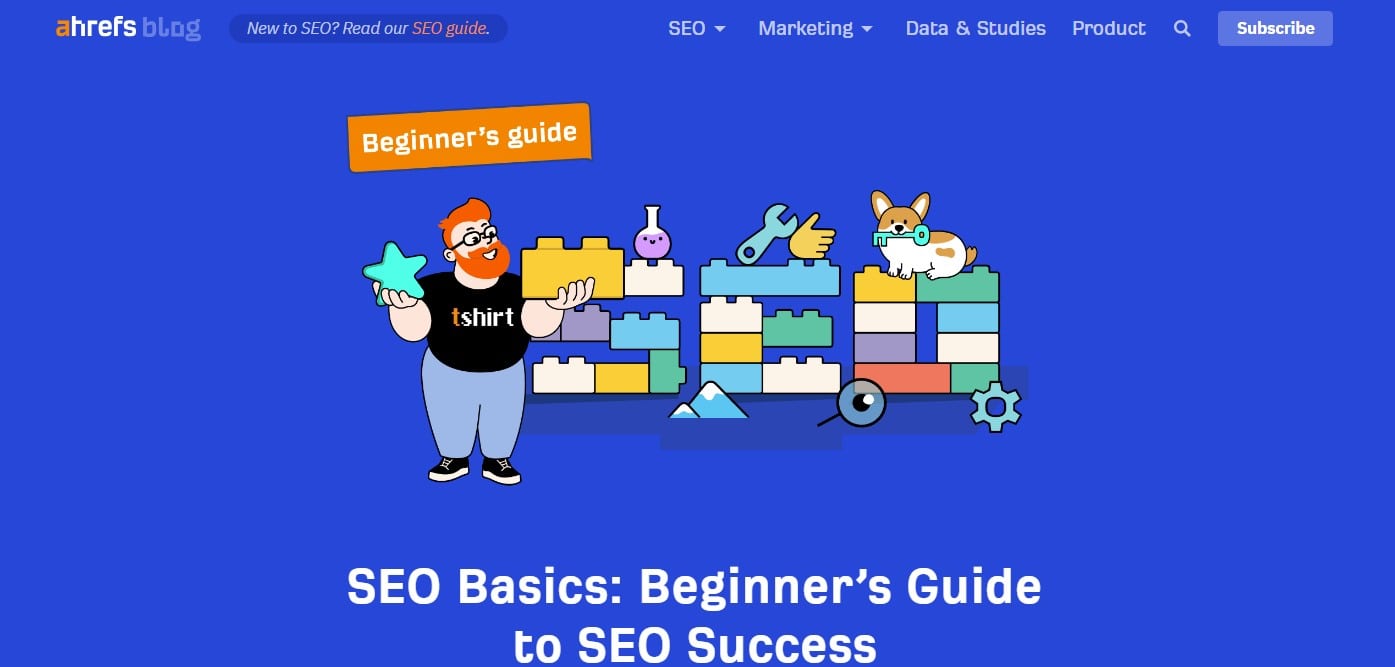
Designing shareable images elevates content and marketing strategy, bringing a visual treat to readers. Let’s consider the health and fitness niche as an example. An eye-catching infographic on workout routines easily catches attention, encouraging followers to pass it on.
Follow these steps to breathe life into your images:
- Know Your Audience: An effective image talks to its viewers. If your content is about Pilates, include elements that resonate with that audience – yoga mats, calm environments, etc.
- Include Useful Information: Your image should not just be visually appealing but should also provide value. An image detailing a step-by-step Pilates routine makes for engaging and shareable content.
- Brand Consistency: Maintain a consistent aesthetic across your images – same color schemes, fonts, and styles. This strengthens brand recognition.
Visuals speak volumes in content and marketing, particularly shareable images. A well-crafted image can take your content to places where plain text may struggle. Hence, by investing time in designing appealing, information-packed images, you can ensure that your content gets the visibility it deserves.
14. Create content hubs
Creating content hubs – centralized spaces for content around a specific subject – bolsters marketing strategy by offering depth and breadth to your audience’s knowledge. Take the vegan lifestyle niche, for instance. A hub on this topic may contain different categories: vegan recipes, vegan nutrition guides, interviews with vegan influencers, and so on.
When building a content hub, adhere to these principles:
- Consistent Topic Focus: Stick to your theme across all content, keeping in mind that variety should not compromise relevance. For example, all articles within the vegan lifestyle hub should cater to various aspects of vegan living.
- Organized Layout: Arrange your content in an intuitive and accessible manner. Subcategories like ‘Vegan Recipes’ or ‘Vegan Nutrition’ streamline navigation.
- Update Regularly: Keep adding fresh content. This keeps your hub alive and relevant, which in turn brings returning visitors.
- Include Calls to Action: Encourage visitors to interact.
By adopting a content hub strategy, you not only provide value to your audience but also establish your brand as an authoritative voice in your chosen field.
15. Evaluate the Success of Your Content with Data
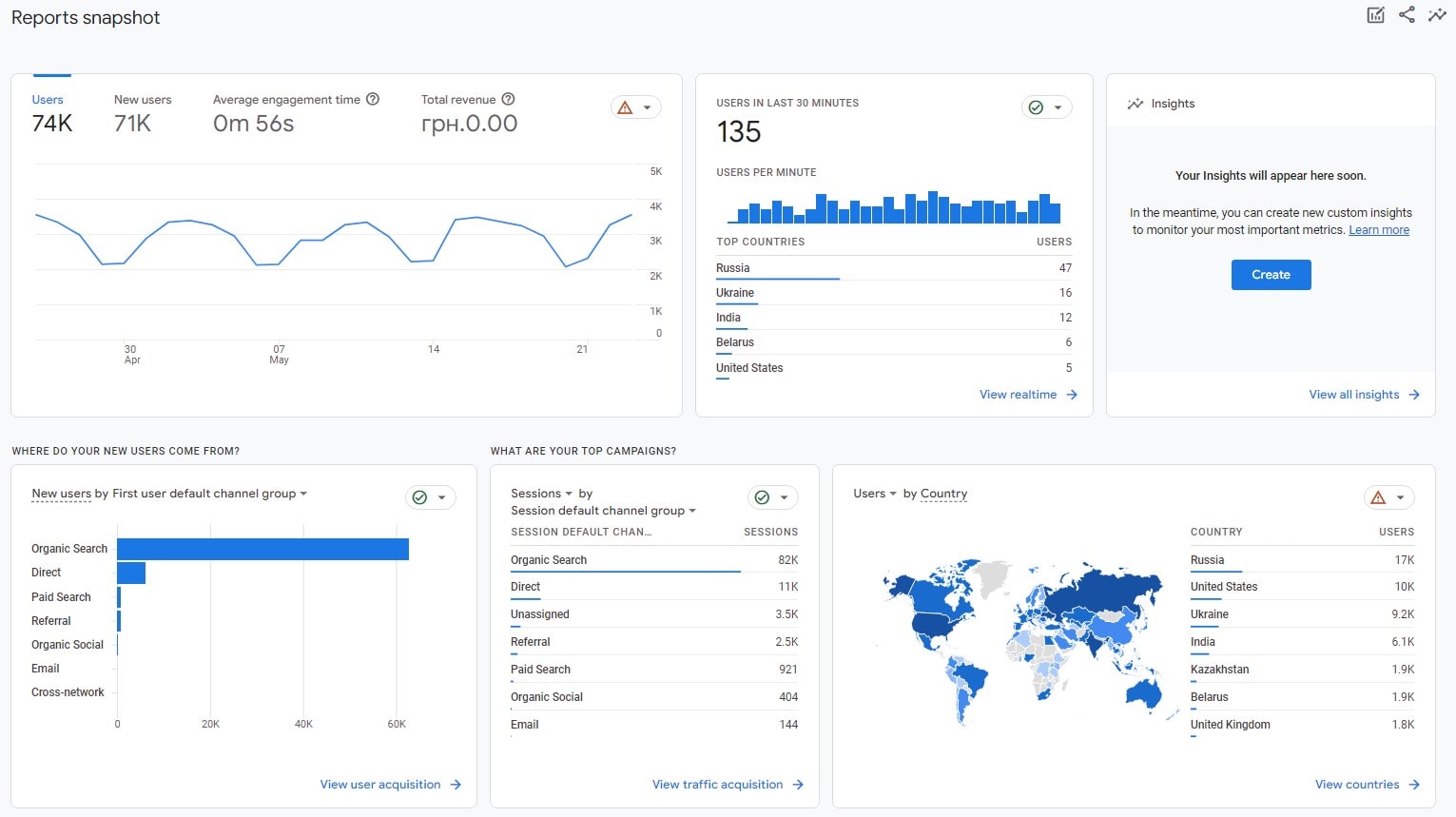
An essential part of content marketing strategy lies in examining data to assess content performance. Metrics grant us the ability to peek behind the curtain – to understand what resonates with our audience and what falls flat. For instance, an eco-friendly lifestyle blog can use data to track which topics trigger the most engagement.
Aim to monitor:
- User Engagement: Track likes, shares, comments, and time spent on page. High engagement signals compelling content.
- Bounce Rate: If visitors leave quickly, your content might not be meeting their expectations or needs.
- Traffic Sources: Understand where your visitors originate – organic search, social media, direct visits, or referrals. This helps identify the most effective channels for content distribution.
- Conversion Rate: Gauge the percentage of visitors who complete a desired action, like subscribing to a newsletter or making a purchase.
Once you’ve got the metrics, dive into them. For the eco-friendly blog, if data indicates high engagement for content about DIY recycling projects, it’s an obvious green light for more of such content. On the contrary, if content about veganism gets low engagement, it might be time to rethink this category.
In conclusion, data gives content creators the roadmap to tailor their content effectively.
16. Understanding and Analyzing Content Performance Metrics
In the landscape of content marketing, understanding performance metrics is akin to learning a new language. This language allows you to communicate effectively with your audience, pinpointing what entices them and adjusting your content accordingly. Consider the scenario of an online pet store with a blog section aimed at engaging pet owners.
Here are the metrics you need to master:
- Pageviews: A clear indicator of the total number of times a piece of content has been viewed, showing what type of content attracts a crowd.
- Average Session Duration: Measures how long visitors stay, which reflects the overall interest in your content.
- Unique Visitors: Shows the number of individuals viewing your content, helping you quantify your reach.
- Pages Per Session: This reflects the depth of user engagement and indicates the quality of your content.
In our pet store example, if blog posts about dog nutrition see high pageviews and longer session durations, it’s an obvious nod to produce more such content. On the flip side, if articles about fish care are barely registering any unique visitors, it’s time to reassess that content’s value.
To summarize, metrics provide a data-driven approach to content marketing. They serve as a compass, guiding your efforts towards success and ensuring your content sails in the right direction.
Conclusion
Harnessing the essence of content marketing, these 16 tips serve as your GPS, driving your business’s growth ?. From utilizing riveting storytelling to igniting sparks with influencer partnerships, every piece of advice has been carefully crafted to help you revamp your strategies while embracing change and innovation.
Don’t lose sight of the fact that content marketing is an ongoing journey, not a one-time event. Regular audits and persistent adjustments will keep your campaigns fresh and relevant. Your competition is not static, and neither should your strategies be. Tools like SEMrush and Google’s analytics services are your loyal allies, offering insights and providing a holistic view of your performance.
But the real secret sauce? It’s Plerdy, your go-to tool for SEO & UX analysis. Unleash the full potential of your content by gaining in-depth insights into user behavior and website performance. This insight is more than just numbers—it’s your guiding light, illuminating the path towards success. So, don’t delay. Step into the power of Plerdy and let your content marketing flourish! ?
Remember, in the grand scheme of content marketing, it’s all about evolving, improving, and most importantly—learning. Let’s elevate your content strategy and achieve those business goals, one tip at a time! ?
